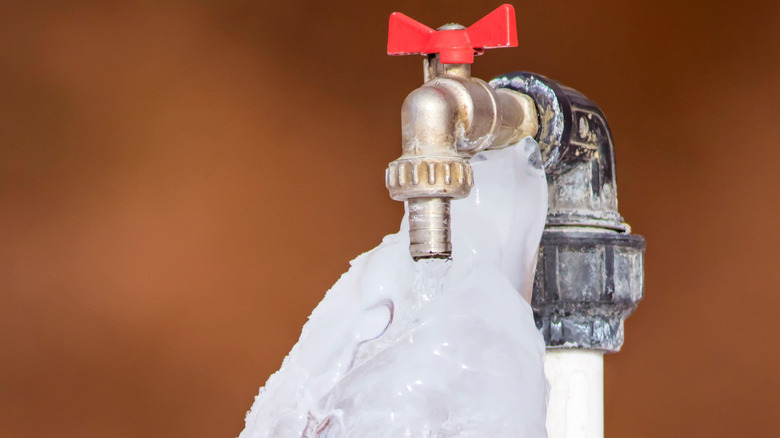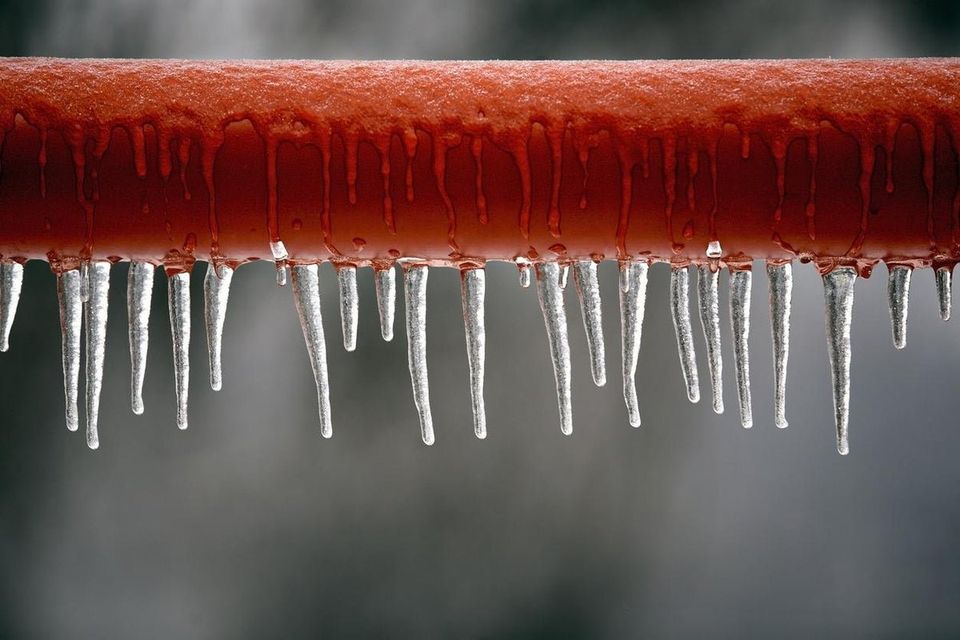Important Advice to Avoid Frozen Plumbing in Cold Weather
Important Advice to Avoid Frozen Plumbing in Cold Weather
Blog Article
Just how do you feel with regards to How to prepare your home plumbing for winter weather?

Winter can ruin your pipes, specifically by freezing pipelines. Right here's exactly how to prevent it from happening and what to do if it does.
Intro
As temperature levels decrease, the danger of frozen pipelines boosts, potentially resulting in costly fixings and water damages. Understanding just how to avoid frozen pipelines is important for property owners in cool climates.
Recognizing Icy Pipes
What creates pipes to ice up?
Pipes ice up when exposed to temperature levels listed below 32 ° F (0 ° C) for prolonged durations. As water inside the pipelines ices up, it expands, putting pressure on the pipeline walls and possibly creating them to burst.
Dangers and problems
Frozen pipes can cause water system disturbances, home damages, and pricey repairs. Burst pipes can flood homes and trigger considerable architectural damages.
Signs of Frozen Water Lines
Recognizing icy pipelines early can avoid them from breaking.
How to identify frozen pipes
Look for decreased water flow from faucets, uncommon smells or sounds from pipelines, and visible frost on exposed pipes.
Prevention Tips
Insulating vulnerable pipelines
Cover pipes in insulation sleeves or use heat tape to shield them from freezing temperature levels. Focus on pipes in unheated or external areas of the home.
Heating techniques
Maintain interior spaces adequately warmed, particularly locations with plumbing. Open up cupboard doors to allow cozy air to distribute around pipelines under sinks.
Securing Outdoor Pipes
Yard hose pipes and exterior faucets
Separate and drain yard tubes prior to winter. Set up frost-proof faucets or cover outdoor taps with shielded caps.
What to Do If Your Pipes Freeze
Immediate actions to take
If you believe icy pipes, keep taps open to eliminate stress as the ice thaws. Use a hairdryer or towels soaked in hot water to thaw pipelines gradually.
Long-Term Solutions
Architectural changes
Consider rerouting pipes away from exterior walls or unheated areas. Add additional insulation to attics, basements, and crawl spaces.
Upgrading insulation
Purchase premium insulation for pipelines, attics, and walls. Proper insulation helps preserve constant temperatures and reduces the risk of icy pipelines.
Final thought
Avoiding frozen pipelines needs proactive measures and quick responses. By understanding the reasons, indications, and preventive measures, homeowners can shield their plumbing during winter.
5 Ways to Prevent Frozen Pipes
Drain Outdoor Faucets and Disconnect Hoses
First, close the shut-off valve that controls the flow of water in the pipe to your outdoor faucet. Then, head outside to disconnect and drain your hose and open the outdoor faucet to allow the water to completely drain out of the line. Turn off the faucet when done. Finally, head back to the shut-off valve and drain the remaining water inside the pipe into a bucket or container. Additionally, if you have a home irrigation system, you should consider hiring an expert to clear the system of water each year.
Insulate Pipes
One of the best and most cost-effective methods for preventing frozen water pipes is to wrap your pipes with insulation. This is especially important for areas in your home that aren’t exposed to heat, such as an attic. We suggest using foam sleeves, which can typically be found at your local hardware store.
Keep Heat Running at 65
Your pipes are located inside your walls, and the temperature there is much colder than the rest of the house. To prevent your pipes from freezing, The Insurance Information Institute suggests that you keep your home heated to at least 65 degrees, even when traveling. You may want to invest in smart devices that can keep an eye on the temperature in your home while you’re away.
Leave Water Dripping
Moving water — even a small trickle — can prevent ice from forming inside your pipes. When freezing temps are imminent, start a drip of water from all faucets that serve exposed pipes. Leaving a few faucets running will also help relieve pressure inside the pipes and help prevent a rupture if the water inside freezes.
Open Cupboard Doors
Warm your kitchen and bathroom pipes by opening cupboards and vanities. You should also leave your interior doors ajar to help warm air circulate evenly throughout your home.

I hope you enjoyed our piece about 6 Ways to Prevent Frozen Pipes. Many thanks for taking a few minutes to read through our blog. Sharing is nice. Helping people is fun. I am grateful for being here. Please check up our blog back soon.
Details Here Report this page